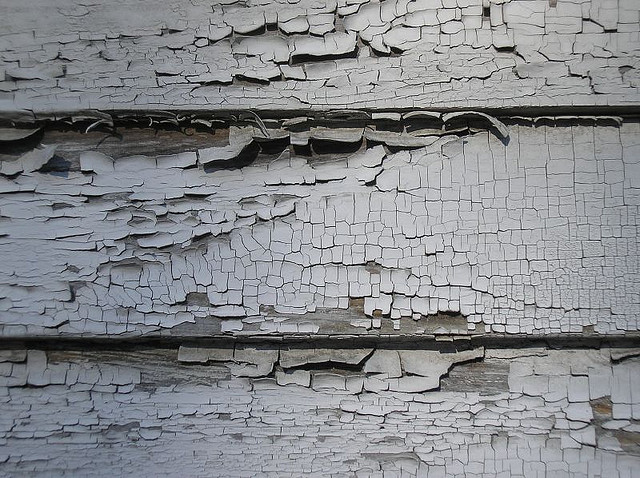
Monday, a Santa Clara County Superior Court judge issued a preliminary ruling(embedded at the end of this post) that requires three companies to pay $1.1 billion to help clean up toxic lead-paint contamination in older homes. Deciding a case first filed 13 years ago, Judge James P. Kleinberg found that Sherman-Williams, NL Industries and ConAgra were each responsible for a public nuisance created through the use of lead paint. Lead is a highly toxic metal that can damage the brain and central nervous system. Lead paint in older homes has long been established as a health threat to young children, a group that’s particularly vulnerable to lead’s toxic effects.
The $1.1 billion will go to the seven California counties — Santa Clara, Alameda, Los Angeles, Monterey, San Mateo, Solano and Ventura — and to three cities: Oakland, San Francisco and San Diego — that brought the original suit. The lion’s share of the fund, $605 million, will go to Los Angeles County, which is believed to have more lead-contaminated homes than anywhere else in the state.
The fund will be administered by the state and is to be used to “remediate” lead paint in more than 50,000 housing units built before 1978. Remediation efforts will include home inspections, enclosing or encapsulating lead-painted surfaces under new paint, plaster or sheetrock, or outright replacement of doors, windows and other building elements.
A spokesperson for the defendants criticized Kleinberg’s decision, as reported by Bloomberg-BusinessWeek:
Bonnie J. Campbell, a spokeswoman for the paint manufacturers, said via e-mail that the decision is “at odds with California law and judicial decisions across the country that have uniformly rejected similar public nuisance claims.” The ruling, she added, penalizes the manufacturers for “the truthful advertising of lawful products, done at a time when government officials routinely specified those products for use in residential buildings,” and “rewards scofflaw landlords who are responsible for the risk to children from poorly maintained lead paint.”
Bloomberg-BusinessWeek also noted that until Kleinberg’s ruling, the paint industry had beaten similar lawsuits in seven other states.
